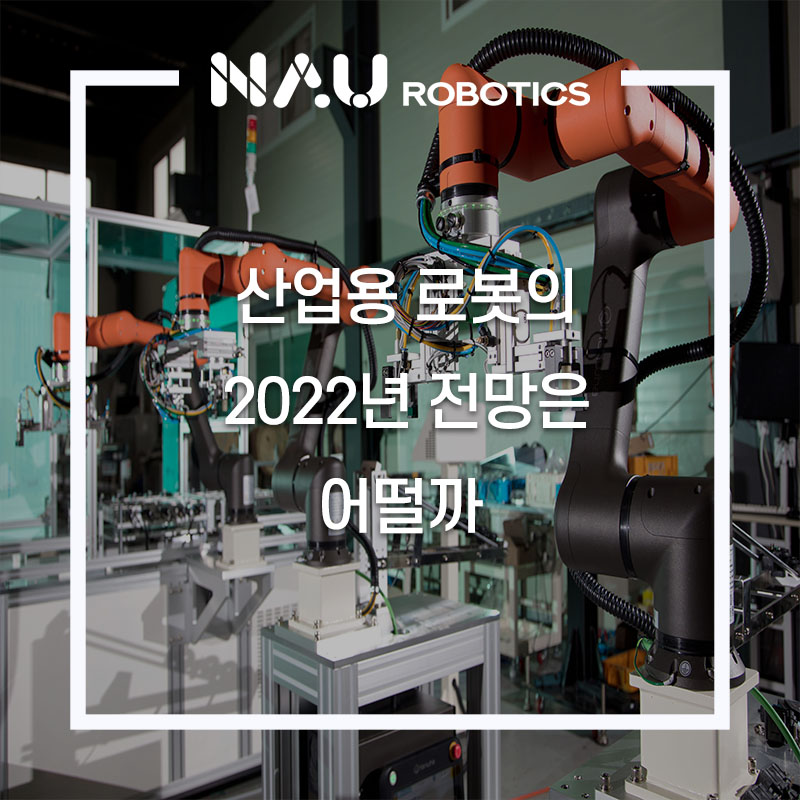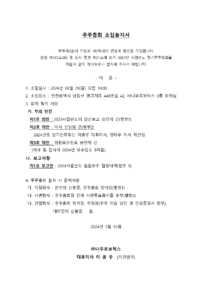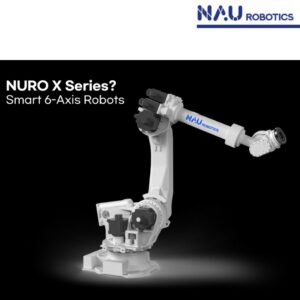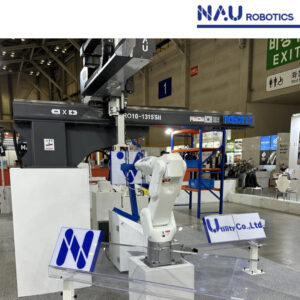안녕하세요, 나우로보틱스 블로그 지기, 나우지기 입니다! 매년 산업용 로봇에 대한 수요가 꾸준히 늘어나면서 국제로봇산업협회에 따르면 지난해 전 세계 산업용 로봇 누적설치대수가 300만대를 넘었고 특히 2020년부터는 그동안 로봇을 많이 사용했던 자동차나 기계 관련 제조 분야가 아닌 다른 분야에서의 주문과 판매량이 자동차 분야의 수요를 추월했다고 나와있기도 합니다!
그만큼 매년 산업용 로봇 시장은 앞으로도 계속해서 커질 것으로 생각이 되는데요, 그렇다면 올해 2022년의 산업용 로봇의 전망은 어떨까요? 지금부터 함께 외신 기사를 통해 올해의 산업용 로봇 시장 수요는 어떻게 달라질지 함께 살펴보도록 하겠습니다.
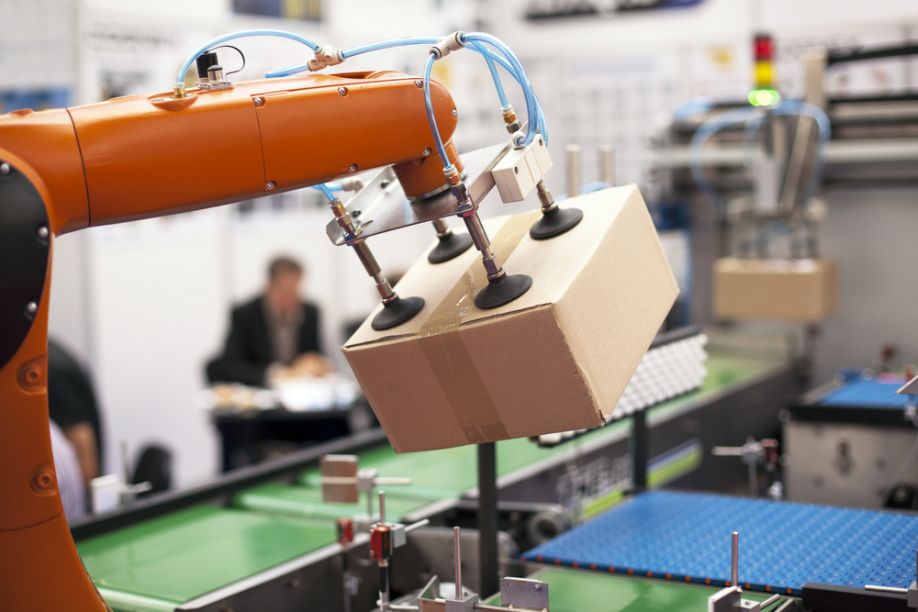
Trends in Industrial Robotics to Watch in 2022
2022년 산업용 로봇의 전망
(E) Over the last decades, robots have transformed from expensive industrial exhibition pieces–in 1966, GM’s Unimate played golf and poured a beer on the Johnny Carson show–into everyday workhorses. We’ve seen increasing adoption by diverse industries, from life sciences to electronics, to food and consumer goods manufacturing. This is primarily owing to new dexterity, better machine vision, as well as wider robotics availability. In fact, according to statistics from the Robotic Industries Association (RIA), Q4 2020 marked the first time non-automotive orders exceeded those by automotive vendors.
(K) 지난 수십 년 동안 로봇은 1966년 GM의 어떤 사람이 골프를 칠 때와 조니 카슨 쇼에서 맥주를 따르던 값비싼 전시품에서 이제는 일상의 노동자로 탈바꿈했다. 오늘날 로봇은 생명과학에서 전자제품부터 식품과 소비재 제조에 이르기까지 다양한 산업에서 활용 사례가 늘어나고 있다. 이것은 주로 새로운 재주, 더 나은 기계 비전, 그리고 더 넓은 로봇 사용 가능성 때문이다. 로봇산업협회(RIA) 통계에 따르면 2020년 4분기 자동차 분야 이외에서 로봇 주문량이 자동차 산업분야의 주문량이 최초로 넘어선 것으로 확인됐다.
(E) Meanwhile, the last two years accelerated ongoing robotic trends like AI integration, agile design, and widespread IIoT adoption. At the same time, new pressures from changing worker availability, supply chain disruptions, and ongoing pandemic concerns created a higher marketplace demand for manufacturing robots.
(K) 한편, 지난 2년간 AI 통합, 민첩한 설계, 광범위한 IIoT 채택과 같은 진행 중인 로봇 트렌드가 가속화되었습니다. 그와 동시에 근로자 가용성 변화, 공급망 중단, 계속되는 코로나에 대한 우려로 인해 산업용 로봇에 대한 시장의 수요가 증가했다.
(E) The next twelve months will set us on a path that may prove difficult to turn from. Changes happening now lead forward, and it’s unlikely we will ever come back from where they lead. Here are five industrial robotics trends and how they will affect industrial sectors in 2022 and beyond.
(K) 앞으로 12개월 동안 우리는 돌이키기 어려울지도 모르는 길을 걷게 될 것이다. 지금 일어나고 있는 변화들은 우리가 앞으로 나아감과 함께 변화들이 이끌고 있기에 되돌리기는 어려울 전망이다. 산업용 로봇 동향 5가지와 2022년 이후 산업분야에 어떤 영향을 미칠지 소개한다.
Maintenance Robots on the Rise
유지보수 목적의 로봇이 뜬다
(E) Maintenance is one of the most important tasks for any industrial location, offering a chance to predict and prevent breakdowns rather than react to them. A report from the National Institute of Standards and Technology(NIST) estimates maintenance costs to be 15% to 70% of the cost of goods produced, and showed a favorable return on investment for shifting maintenance toward predictive techniques.
(K) 유지보수는 모든 산업분야에서 가장 중요한 작업 가운데 하나이며, 고장에 대응하기 보다는 고장을 미리 예측하고 예방할 수 있는 기회를 제공하는데 의의가 있다. 국가표준기술원(NIST)의 보고서에 따르면 유지비용이 생산재료의 15~70% 수준으로 추산돼 예측 기법으로 정비를 전환하는 투자수익률이 상당히 양호한 것으로 나타났다.
(E) Maintenance tasks are repetitive by nature, so are well-suited to turning over to robotics. Additionally, the AI tools within these advanced machines can help move maintenance to a higher level, from a human-centric activity to a highly autonomous one. With time, AI and robotics may move maintenance from a ‘best practices’ preventive check-list to more proactive predictive actions determined by identifying potential problems through regular data analysis–more of a ‘repair before the problem exists’ model.
(K) 유지보수는 본질적이면서 반복적이며 로봇을 도입하여 전환하기에 가장 좋은 작업이다. 또한 이러한 고급 AI기계는 유지보수를 인간중심 활동에서 고도의 자율활동 수준으로 높이는데 도움이 될 수 있다. 시간이 지나면서 AI와 로봇 공학은 유지보수를 ‘모범 사례’ 예방 체크리스트를 바탕으로 정기적인 데이터 분석을 진행해 잠재적 문제를 식별하고 보다 사전적인 예방 조치, 즉 ‘문제가 발생하기전 수리(예방)’ 모델로 만들 수 있다.
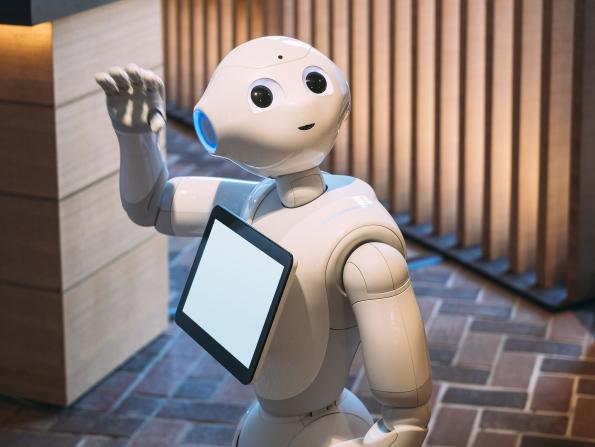
Robots As A Service
서비스 개념의 로봇
(E) Formerly, expertise (and the cost to retain it) was a restricting factor for smaller firms who wanted to add robotics to their manufacturing floor. But now with the rising everything-as-a-service (*aaS) trend, this is no longer an issue.
(K) 이전까지, 제조현장에 로봇을 추가하려는 소기업에게 전문성(유지하는데 드는 비용)은 제약의 요인이었다. 그러나 이제 Everything-as-a-service(**aaS) 추세로 변하면서 더 이상 문제가 되지 않는다.
(E) Not every company has the means to hire all the employees required to support industrial robotics, especially during the largest skills crisis manufacturing has faced in decades. Yet, now companies can enjoy robotic process automation through RaaS, or Robots-as-a-Service models, without traditional ownership headaches. Such subscription-based plans became familiar to many as SaaS (software as a service) models. RaaS plans work in a similar fashion.
(K) 모든 회사가 산업용 로봇을 더욱 활용하기 위해 관련 분야 직원들을 고용할 수 있는 상황은 아니며, 특히 이 기술(산업용 로봇) 수십년 동안 제조업이 직면했던 가장 큰 기술이기도 하다. 그러나 이제 기업은 기존의 소유권 문제없이 RaaS(Robots as a service) 모델을 통해 로봇 프로세스 자동화를 할 수 있다. 이러한 가입 기반 요금제는 SasS(Software as a service) 모델로 많은 사람들에게 친숙해지기도 했다. RaaS 계획도 이와 비슷한 방식으로 진행된다.
(E) Rather than buying outright, robotic devices are leased. Subscriptions often include monitoring, analytics, and preventive maintenance. The benefits are many. This includes rapid scalability, decreased upfront capital, the capability to rework platforms as needs change.
(K) 대개의 경우 기계(로봇)을 바로 구매하기 보다는 임대하는 형태로 많이 진행한다. 임대할 경우 분석 및 유지관리 비용들이 포함되는 경우가 많으며 혜택도 다양하다. 특히 여기에는 신속한 확장성, 초기 자본 감소, 요구사항 변화에 따른 플랫폼 재작업 기능들이 포함된다.
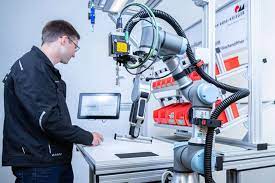
Robotics for New Places, New Challenges
새로운 대체재, 새로운 도전으로서의 로봇
(E) According to a 2021 McKinsey report, 2030 will see as much as ten percent of today’s manufacturing default to 3D and 4D additive manufacturing processes. 3D printers, most of which are Cartesian coordinate robots, offer broader design possibilities and quicker customization as they minimize waste and energy consumption. Increasing 3D robotics adoption will enable new business models, including Printing-as-a-service (PaaS.)
(K) 2021년 Mckinsey 보고서에 따르면 2030년에는 제조업의 10%가 3D와 4D 제조 형태로 전환될 것으로 전망했다. 대부분 직교로봇을 사용하고 있는 3D 프린터는 낭비와 에너지를 최소화해 설계 가능성을 넓히고 더욱 빠르게 맞춤형 제작을 제공한다. 3D 로봇 채택이 늘어나면서 PaaS(Printing as a Service)를 비롯한 새로운 비즈니스 모델이 가능해진다.
(E) Meanwhile, as robotics become smaller, tougher, and more agile, industries find new uses in both the largest and smallest spaces. Mecademic Robotics has introduced a line of “the world’s smallest, most compact, and precise industrial robots.” These robot arms integrate with PLCs or PCs without a proprietary programming language. The line includes six-axis and four-axis industrial robot arms as well as a miniature parallel gripper. At the same time, companies like Astrobotic and OffWorld, Inc have focused their attention on creating landers, rovers, and mining robots for NASA and other off-world customers.
(K) 한편 로봇이 더욱 작고 강하고 빨라지면서, 관련 산업계는 공간의 크기에 상관없이 모두 새로운 용도의 로봇을 선보이고 있다. 메카테믹 로보틱스는 “세계에서 가장 작고, 정밀한 산업용 로봇”라인이라고 소개했다. 이러한 로봇 암은 전용 프로그래밍 언어 없이 PLC 또는 PC와 통합된다. 로봇에는 6축과4축 산업용 로봇 팔과 소행 평행 리퍼 가 포함돼 있다. 동시에 Astrobotic과 Offworld와 같은 기업들은 NASA와 다른 분야의 고객들을 끌어 모으기 위해 착륙선, 로버, 채굴 로봇을 만드는데 관심을 집중시켜 왔다.

Cobots Replacing Live Workers
협동로봇이 작업자를 대체한다
(E) Worker shortages are hanging on, even as employment subsidies fall by the wayside. As the economy recovers, certain jobs are being permanently replaced by collaborative robots.
(K) 고용 지원금이 떨어져도 작업자들의 부족현상은 방어해 내고 있는데, 이는 경제가 회복되면서 특정 일자리를 협동로봇이 대체하고 있기 때문이다.
(E) Often, these new cobot workers are faster and more efficient than the workers they replaced. They don’t take time off, and they don’t call in sick. It’s unlikely we will see a return to flesh-and-blood staff for many positions any time soon.
(K) 종종, 이러한 새로운 협동로봇은 대체했던 직원들보다 더욱 빠르고 효율적이다. 로봇은 휴가나 병가 없이도 작업을 할 수 있기 때문이다. 조만간 병가를 낸 직원들의 복귀를 볼 수 없을지도 모른다. (협동로봇이 직원들을 대체했기 때문)
(E) Are these trends cause for concern? Some will certainly think so. But at a time when available labor is unable to keep up with demand, it’s unlikely a robot will drive out the need for humanity. Instead, the expectation remains that robots will take over those monotonous and dangerous jobs that need doing while their human coworkers move up to higher-value tasks. Research by the World Economic Forum suggests by 2025 machines will do more work than humans. However, this robot revolution will also add 58 million net jobs to the global economy.
(K) 이러한 추세가 우려의 원인이 되는가? 몇몇은 분명히 그렇게 생각할 것이다. 그러나 노동력이 수요를 따라잡을 수 없는 상황에서 인간이 로봇이 필요하지 않게될 가능성은 낮다. 대신 인간들이 더 높은 가치의 일을 하는 동안 해야 할 단조롭고 위험한 일을 로봇이 대신할 것이라 기대하고 있다. 세계경제포럼의 연구는 2025년까지 기계가 인간보다 더 많은 일을 할 것이라고 시사한다. 하지만, 이 로봇 혁명은 그와 함께 세계 경제에 5,800만 개의 순 일자리를 추가할 것이다.

